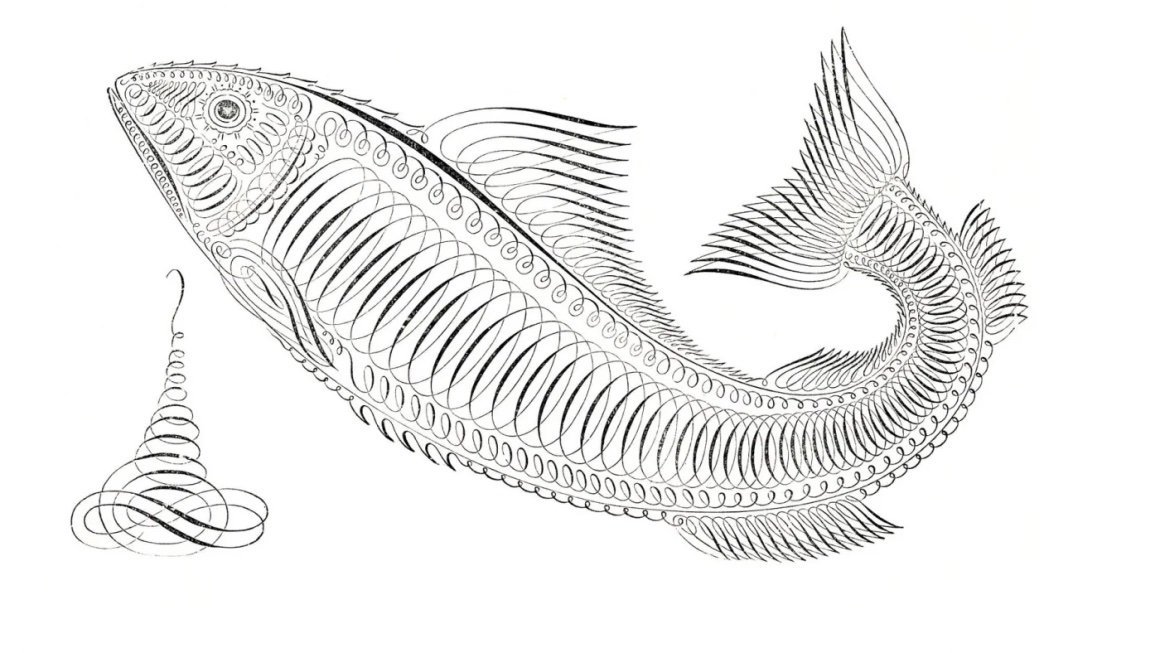Review: Life of the Party by Tea Hacic-Vlahovic
By Al Jacobs
An elaborate disappearing act, Tea Hacic-Vlahovic’s novel Life of the Party (Clash Books) plots a young woman’s debaucherous romp through Milan’s high society as she acclimates her existing problems to a new milieu saturated by the fashion world and its attendant vices.
Mia, the book’s main character, is a design student studying abroad in Milan, a city that “shouldn’t be seen during the day.” She’s a recovering heroin addict that wilds out on party drugs and sleeps with a plurality of men while navigating an eating disorder. Her most stable boyfriend is a married pornographer, who she met during a magazine centerfold shoot. He leashes and degrades her during sex until she finally cuts ties with him after a Lady Gaga arena show.
The book flaunts its recklessness with a raw honesty characteristic of diary entries. At the menswear showroom where Mia works, one French buyer “smelled like an orgy and smiled at [her] like he just stole [her] wallet.” But there’s also a sense that Mia’s turbulent foray abroad is also an attempt at assuming anonymity. When describing her wardrobe’s proclivity for the color black, she admits, “it just makes sense, financially, to invest in a color that goes unnoticed.”
Paradoxically, Mia’s showing up becomes a vehicle for her disappearing act, which, for all the book’s irreverence, lends the story a sense of authenticity spawned from Mia’s contradictions. There’s a lively tension in Mia’s oscillation between the social mania of parties and the self-hatred inherent to her desire for disappearance. This tension recalls the balance between lightness and weight that Italian novelist Italo Calvino explains in “Lightness,” the first lecture in his “Six Memos for the Next Millennium” compendium. In “Lightness,” Calvino appraises Milan Kundera’s novel The Unbearable Lightness of Being as a work that “shows us how everything we choose to value in life for its lightness soon reveals its true, unbearable weight.” Sure, applying this sentiment to Life of the Party might feel gimmicky for the purposes of this review, but lightness’s inherent weight—the steep price of fleeting pleasure—resonates as the book’s real music.
The self-hatred that informs Mia’s eating disorder could even be construed as buoyant because of how easily it’s banished through the carnal gratification of sex and drugs. If all bouncing back from rock-bottom requires is flesh and substances, how much gravity do the hard streets of Milan actually possess? The narrative lens through which Hacic-Vlahovic shows readers this world seems to affect weightlessness, akin to bouncing steps on a lunar surface or surfing on winged sandals.
And optics matter. Because a disappearing act first needs an exhibition, Hacic-Vlahovic presents Mia to the reader as though through a jeweler’s loupe. The main character’s relationship with her pornographer boyfriend, a man who makes money producing lewd imagery, testifies to Mia’s hankering to not simply be seen, but to be seen as vulnerable.
And the leash and collar she allows her boyfriend to deploy in bed is evidence of some desire to be reined in, as tormenting as she finds the physical restraint. Mia’s choice to stay with her boyfriend for most of the book reminds us how we can be compelled by people we know are bad for us, like flies transfixed by a zapper, destined for hurt.
But that pain doesn’t stifle the book’s comedy. Aside from conversations with the city’s pigeons, perhaps its best examples of levity, the stuff infused with literary helium, come from Hacic-Vlahovic’s sporadic lists:
Mia’s showroom job duties: “serve the clients, assist the clients, read their minds, feed their egos and get bullied by my bosses.”
“How anyone can be The Life of the Party” – #8. EFFORT: “Don’t give a damn! Sometimes nothing is worth it. Sometimes, the best thing to do to a party is to leave it.”
“The types of people I don’t let in” [to the parties where she works the door] – #3. Americans.”
Paralleling Mia’s reckless behavior, the book’s proliferation of exclamation points could maybe use a leash. But while Hacic-Vlahovic’s exclamation point-happy prose might proportionally diminish the implied exclamation with each use, the excitable punctuation underscores the story’s maximalist pomp.
If nothing else, come away from this review with permission to indulge the book’s vices. “Life of the Party” is still a good goddamn time.
About the author:
Al Jacobs is a writer and designer when he’s either writing or designing. At all other times he doesn’t know what he is, but he bets you two would probably get along OK. He’s @AlJacobs on Twitter.
